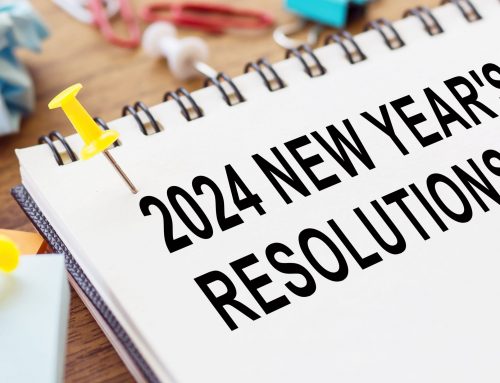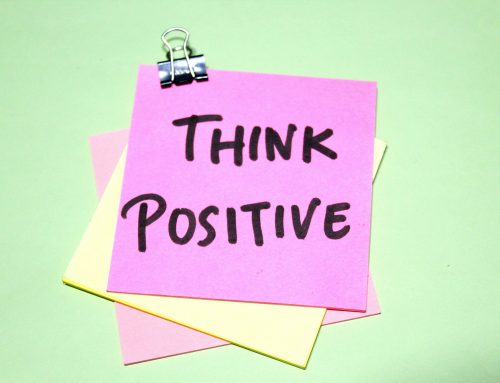Research has shown that incorporating physical activity and movement into the classroom increases overall productivity in our work and learning environments. Therefore, creating free-time with active classrooms.
Research out of Texas A&M (Benden et al., 2015) shows that by adding standing desks in a call center environment, over the course of 12 weeks, workers were able to increase efficiency by up to 45%. Wow!
SPARK by John Ratey (2008) demonstrated that physical activity to start the day (adding a 0-hour PE with 20-30 minutes of elevated heart rate) has a similar impact throughout an entire 8-hour school day. Physical activity increases retention of new information, thereby making a student more efficient.
A study in Maine showed that adding stability balls to a desk increases focus and time on task in students with ADHD by nearly 80% (jumped to 90% on task). More efficiency.
These days, let’s assume all students need a boost to their time on task, and let’s agree that an active classroom can help students to be more efficient. It also would not be reasonable to assume that all results would be this significant, but other studies have shown increases in efficiency in ranges of 15%-45%.
A Case for Making Time for Movement
Each day, open with a 20-minute opportunity for students to get their hearts pumping. Now, dive in to that lesson or task that typically takes an entire hour (and potentially has to be repeated again). After a 20-minute activity, we will see a 25% increase in efficiency that will trickle throughout the day.
Let’s Do the Math
If you have 6 lessons during a day, and save an average of 15 minutes per lesson, that equals 1.5 hrs.
Subtract the 20 minutes for the physical activity and you have 1 hour 10 minutes of available time.
A 1-hour lesson now takes 45 minutes (essentially making up the 20 minutes for the activity).
Let’s add a second physical activity boost/brain break in for 20 minutes to really pump efficiency (not needed if you have recess or PE built in to your day as well).
The result
50 minutes. 5. 0. Minutes.
50 minutes. Each day. During a 9-month school year. 180 days/year = 9,000 minutes. 150 total hours. 6+ days. That is a lot of TIME.
And this is not assuming there are other increases in efficiency in transitioning to new activities. There will be added efficiencies if you’re not having to deal with the constant need to manage negative behaviors resulting from students that have “ants in their pants”.
The Impact
What would the impact be on our classrooms if we added an hour back to each day? More art? Role playing? Creative time? New lessons? Introduction of STEM to your space? More reading time? More time outside? Music? Team building? The opportunities are endless. And the math of the active classroom makes sense.
Its time. TIME for more free-time with active classrooms. This is all about time. More time to challenge our students, to embrace creativity, to enhance relationship building and problem solving to better our students and our world.
Download this FREE Resource
Add More Time to Your Classroom

Matt Levine is the Brand Manager for Moving Minds. He holds an Master of Education, Educational Leadership and Policy Studies from Iowa State University and a Bachelor of Arts in Psychology from Drake University. Matt came to Moving Minds in 2018 after working in higher education for more than 10 years, serving time in student life and activities and leadership development programming. When Matt is home and not chasing his two kids Ellie and Will around the yard (who are typically chasing their dog Ruxin around the yard), he enjoys cooking with his wife Anne, and embracing the outdoor activities that Minnesota offers!










Leave A Comment